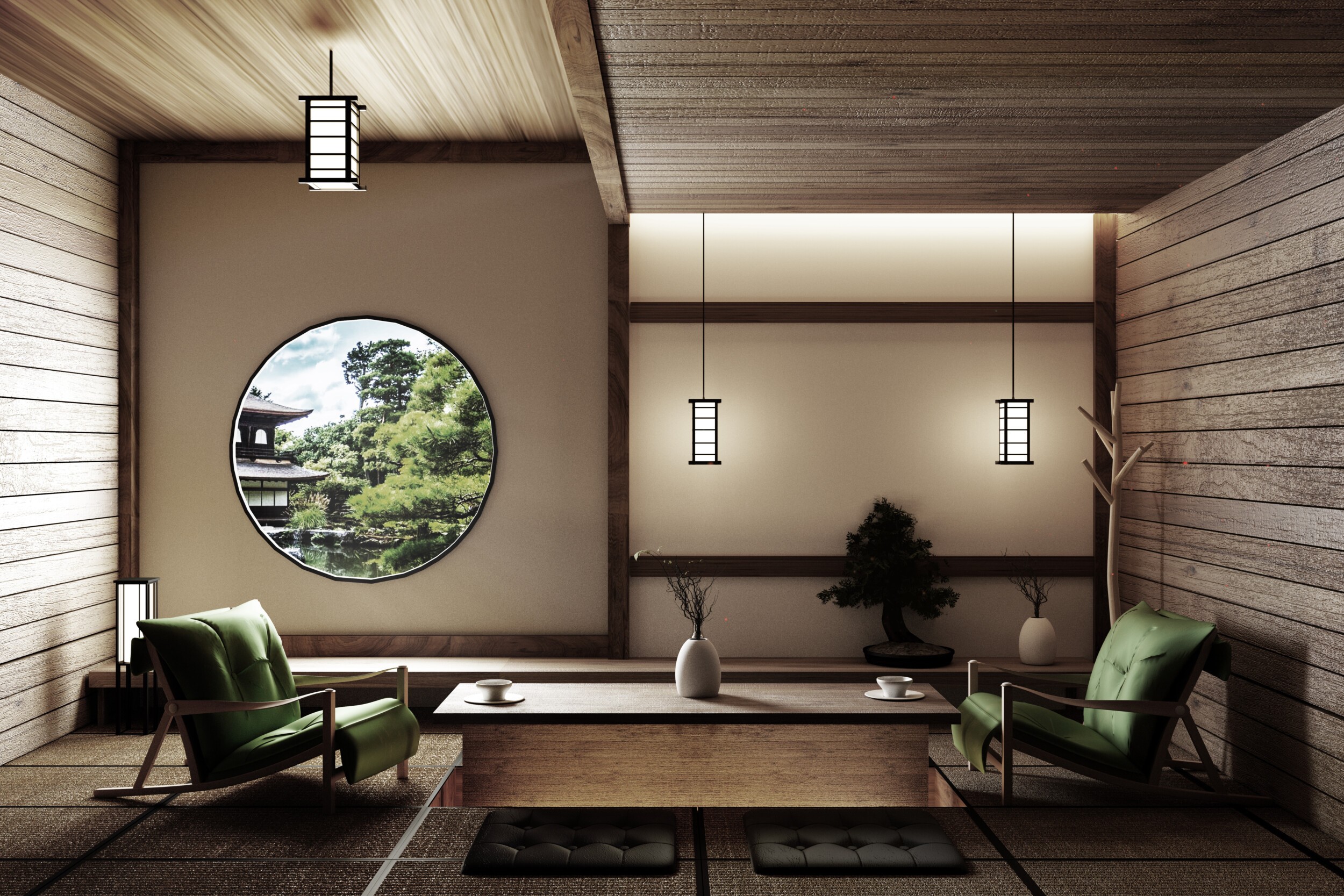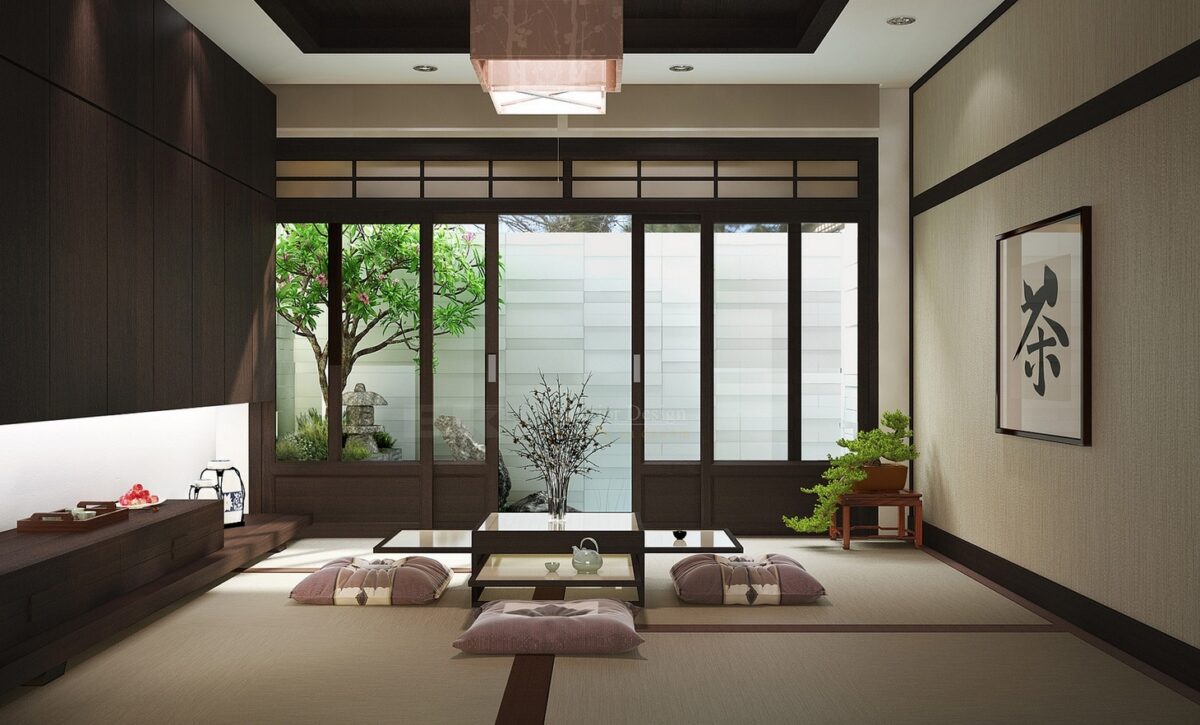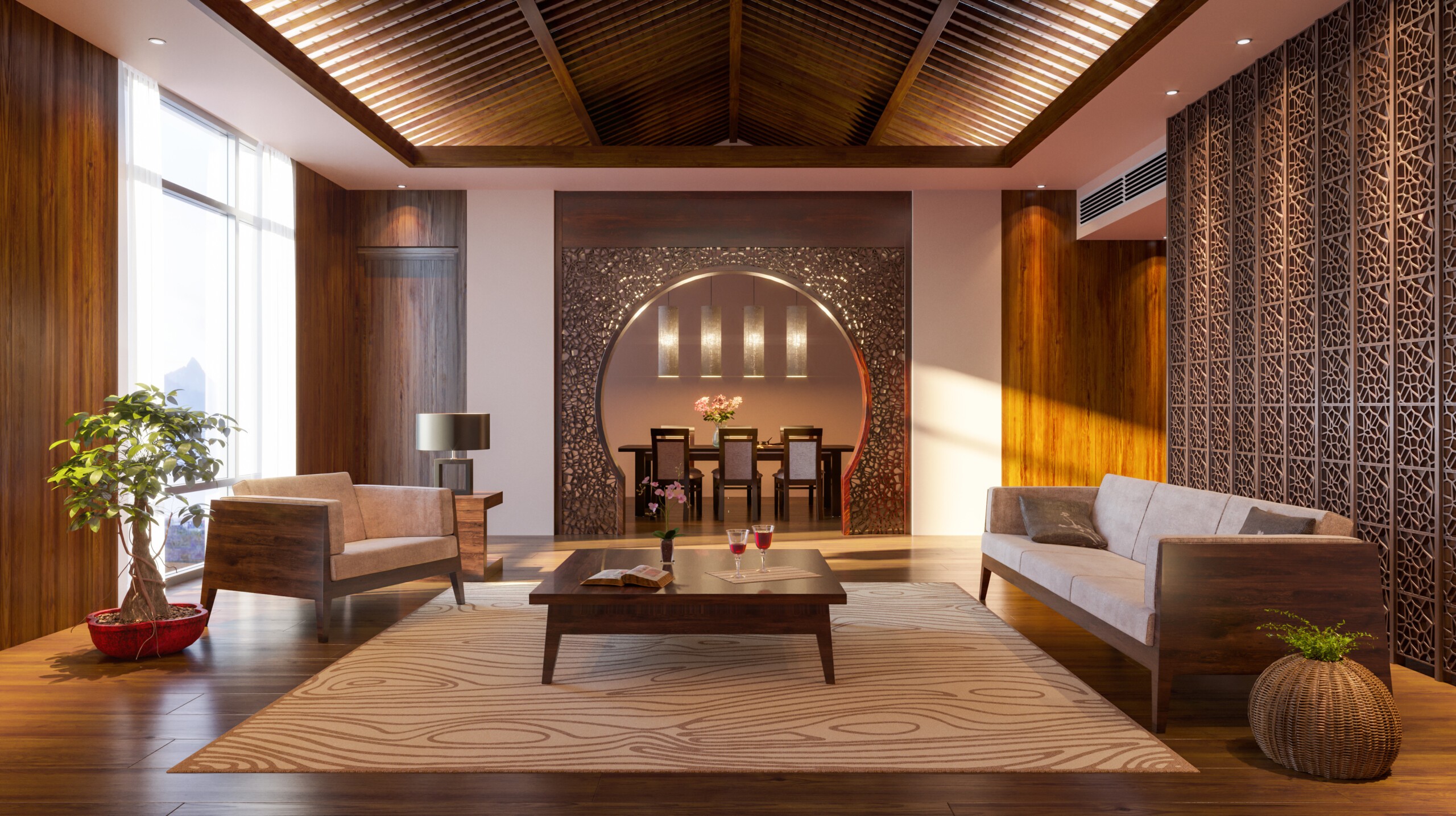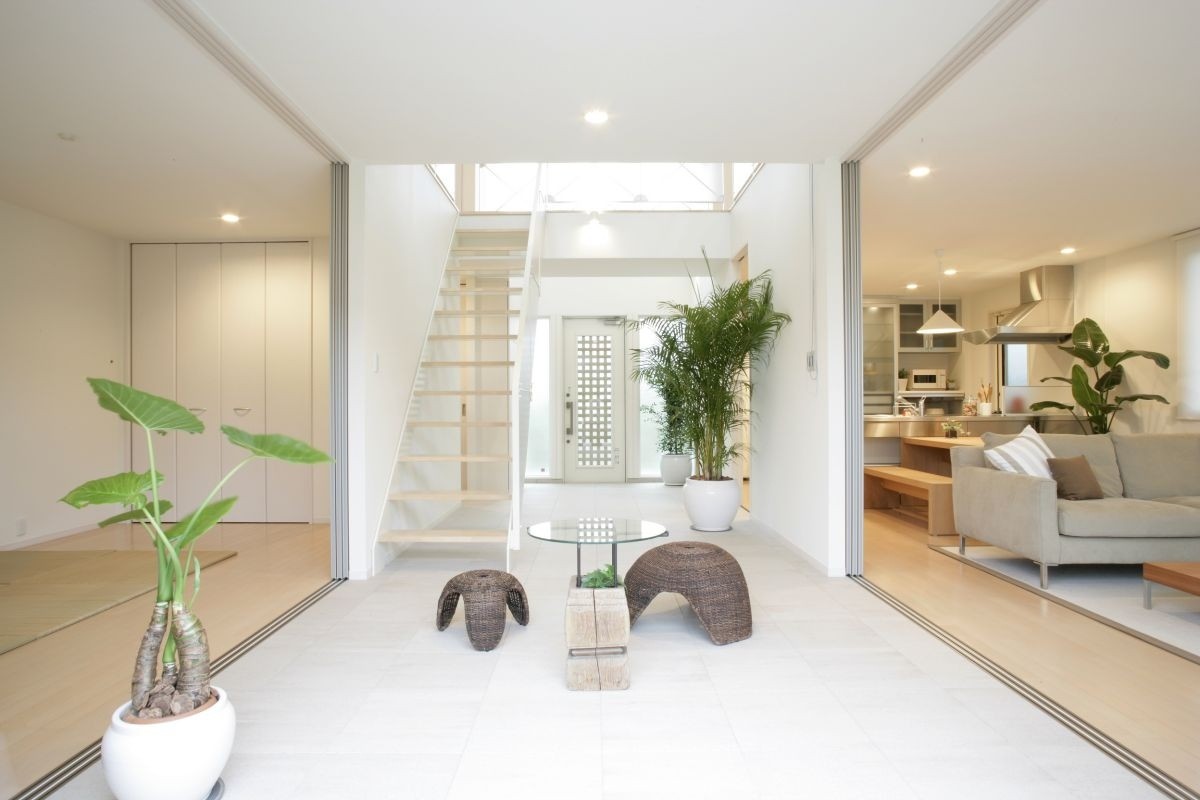Creating a tranquil home space is an art form that combines simplicity, functionality, and aesthetics. In this guide, we’ll explore the principles of minimalist modern Zen interior design, share personal experiences, and provide practical tips to transform your living space into a serene retreat.
Understanding Minimalist Modern Zen Interior Design
Minimalism and Zen are two concepts that beautifully complement each other. Minimalist modern Zen design emphasizes simplicity, clean lines, and natural elements. It promotes a clutter-free environment that fosters peace and mindfulness.
The Essence of Minimalism
Minimalism focuses on the idea that less is more. It encourages you to eliminate unnecessary items and keep only what truly matters. This approach not only simplifies your living space but also enhances mental clarity and focus.
The Philosophy of Zen
Zen, rooted in Japanese culture, revolves around principles of mindfulness and tranquility. Incorporating Zen elements into your home can help cultivate a sense of calm and centeredness.
Key Principles of Minimalist Modern Zen Design
- Emphasis on Natural Light: Maximize the use of natural light to create a bright and open environment.
- Neutral Color Palettes: Stick to soft, muted colors to evoke a calming atmosphere.
- Simplified Furniture Selection: Choose functional, streamlined furniture that enhances ease of movement.
- Incorporation of Nature: Use natural materials and indoor plants to bring the outdoors in.
- Mindful Decor: Select decor items that are meaningful and resonate with your personal journey.
Choosing the Right Elements for Your Space
Furniture Selection
When selecting furniture, focus on pieces that have clean lines and minimal embellishment. Here’s a comparison table of minimalist furniture options:

| Furniture | Style | Material | Benefits |
|---|---|---|---|
| Low-Profile Sofa | Modern | Fabric/Wood | Comfortable and space-saving |
| Wooden Dining Table | Rustic Modern | Solid Wood | Durable and timeless |
| Minimalist Bed Frame | Scandinavian | Metal/Wood | Sleek and easy to maintain |
| Accent Chairs | Contemporary | Upholstered | Versatile and stylish |
Color Schemes
Color plays a crucial role in setting the tone of your space. Here are some tips for choosing the right color palette:
- Opt for a base of whites, beiges, or soft grays.
- Add accents of muted greens or blues to evoke nature.
- Consider textured neutrals to create depth.

Incorporating Nature
Bringing nature indoors enhances the Zen experience. Here are some ideas:
- Use indoor plants like peace lilies or snake plants.
- Incorporate natural wood accents in furniture or decor.
- Utilize water features like small fountains for tranquility.
Lighting Considerations in Zen Design
Lighting is a vital component of any design. In minimalist modern Zen interiors, the goal is to create soft ambient lighting. Here are some strategies:
Natural Light
Allow as much natural light as possible by using sheer curtains or no window treatments at all. This helps create a seamless flow between the indoors and outdoors.

Soft Artificial Lighting
For artificial lighting, consider the following:
- Use warm LED bulbs for a softer glow.
- Incorporate floor lamps and table lamps with minimalist designs.
- Opt for pendant lights that hang elegantly without overwhelming the space.
Decor and Accessories
Accessories in a minimalist modern Zen environment should enhance rather than detract from the overall design. Here are some tips:
Choosing Meaningful Decor
Each decor piece should carry significance. Here are some ideas:
- Display meaningful artwork that resonates with your personal journey.
- Use sculptures that reflect Zen principles, like balance and harmony.
- Incorporate textiles in natural fibers, such as linen or cotton.

Decluttering
A clutter-free space promotes peace. Consider these decluttering strategies:
- Assess every item and ask if it brings you joy.
- Limit decorative items to a few well-chosen pieces.
- Organize storage solutions that blend with the decor.
Creating a Zen Space: A Personal Journey
With my own journey toward minimalist modern Zen interior design, I discovered that creating a serene environment has numerous benefits. The transformation of my space led to improved focus and tranquility, allowing me to embrace each moment more fully.
My Experience with Decluttering
Initially, I found it challenging to let go of items that held sentimental value. However, once I embraced the philosophy of minimalism, I realized that memories are not attached to things. I focused on keeping only what truly served a purpose or sparked joy.
Incorporating Nature
I introduced houseplants into my home, and they significantly improved my mood and air quality. Watching them grow and thrive became a mindful practice in itself.

Pros and Cons of Minimalist Modern Zen Interior Design
Pros
- Promotes tranquility and mindfulness.
- Encourages a clutter-free lifestyle.
- Enhances mental clarity and focus.
- Can lead to cost savings by purchasing fewer, high-quality items.
- Incorporates natural elements, improving well-being.
Cons
- Can be perceived as cold or impersonal if not executed thoughtfully.
- Requires a consistent effort to maintain simplicity.
- May not suit everyone’s personal design preferences.
- Can be difficult for those attached to sentimental items.

Frequently Asked Questions (FAQs)
1. What is the difference between minimalist and Zen design?
Minimalism focuses on simplicity and functionality, while Zen design emphasizes mindfulness and tranquility, often incorporating natural elements.
2. How can I start adopting a minimalist Zen approach in my home?
Begin by decluttering your space, choosing a neutral color palette, and incorporating natural materials and plants.

3. Are there specific colors associated with Zen design?
Yes, Zen design often incorporates soft, muted tones that reflect nature, such as greens, browns, and whites.
4. What types of furniture work best in a minimalist Zen space?
Sleek, functional furniture with clean lines made from natural materials works best in a minimalist Zen space.